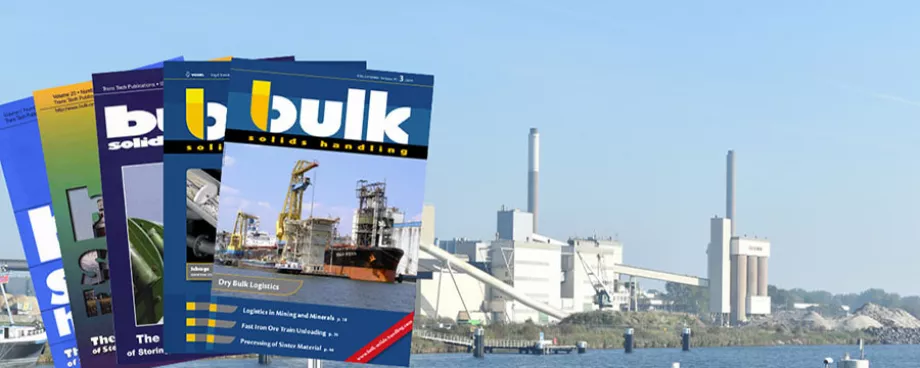1. Introduction
In the near future the use of coal for energy purposes, and therefore the maritime transport of coal, will increase. A review of maritime coal imports in North-West-Europe is shown in Table 1. Coal imports from distant production areas: Australia and South-Africa will exceed 30%. For the transport of coal from these parts of the world to Europe large bulk carriers (VLBCs, Very Large Bulk Carriers) will be used, in oder to keep freight rates low (Table 2). The deadweight capacity of a VLBC exceeds 250,000 DWT and it's draught 20 m. Australian and South-African ports will be enlarged to enable ships of the size of 250,000 DWT to sail in. Unfortunately, only a few European ports will be approachable to VLBCs, according to recent studies on port development (Table 3). There are two possibilities to overcome this difficulty:
- The use of smaller ships that can be accommodated by European ports.
- The use of VLBCs for the transport of coal to a central port in North West Europe, where they are (partially).
This strategy makes transshipment necessary. On the routes from Australia and South Africa to Europe, however, the benefits of low freight rates will outweigh the transshipment costs.
The strategy increases the number of shipments in the North Sea area. A new system of maritime transport could be used for the transport of the additional shipments. The project group SHI [1] launched the idea of introducing a system of sea-going barges and tugs. The seagoing barges are engineless ships which are pushed forward by separate vessels. The main advantage of the system is that barges stay in port to be loaded instead of expensive ships, including their crew. Where the system contains more barges than tugs, barges can be loaded while tugs are on their way with other barges.
■







